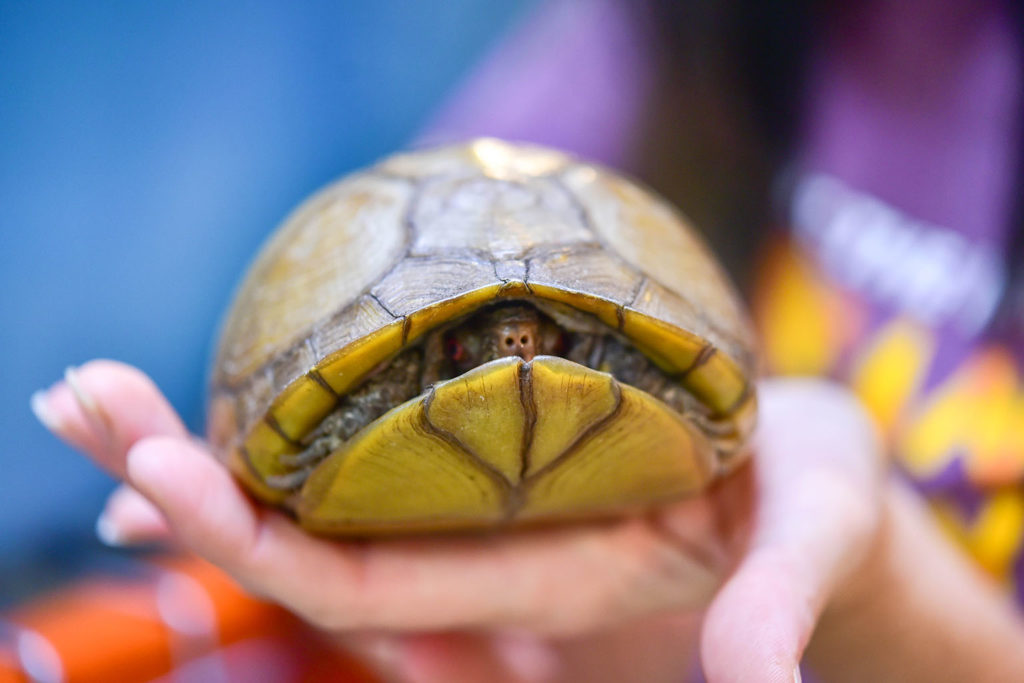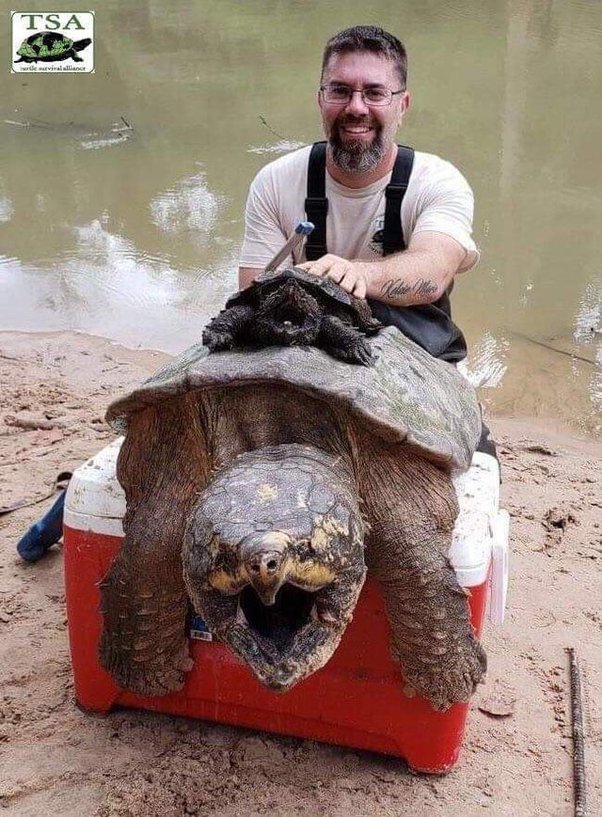Your turtle may be hiding and not eating due to stress, illness, or improper tank conditions. To address this issue, observe your turtle’s behavior closely and consult a veterinarian for guidance on potential health concerns.
Providing a suitable environment and a varied diet can also encourage your turtle to eat and feel more comfortable. Proper care and attention are essential to ensure your turtle’s well-being and overall health. By identifying and addressing the underlying cause of your turtle’s behavior, you can help them thrive and lead a happy, healthy life.
Understanding your turtle’s needs and taking appropriate actions can make a significant difference in their behavior and overall quality of life.

Credit: www.reddit.com
Possible Reasons For Hiding
Environmental Stress
Turtles may hide due to changes in their environment like temperature or lighting.
- Ensure the tank is at the right temperature and humidity levels.
- Provide proper basking spots and hiding places for comfort.
Feeling Threatened
External factors such as predators or new tank mates can make turtles feel threatened.
- Keep the tank secure to prevent outside threats.
- Introduce new tank mates slowly to reduce stress.
Signs Of Discomfort
As a turtle owner, it can be concerning when you notice that your pet turtle is hiding and not eating. This can be an indication of discomfort, which can be caused by various factors. It is essential to pay attention to the signs of discomfort exhibited by your turtle to ensure that they are healthy and happy. In this article, we will discuss the signs of discomfort that you should look out for in your turtle.
Lack Of Appetite
A lack of appetite is one of the most common signs of discomfort in turtles. If your turtle is not eating, it may be an indication of an underlying health issue. You should observe your turtle closely to determine if they are eating anything at all. If your turtle is not eating, it is essential to take them to a vet as soon as possible to determine the cause of the lack of appetite.
Unusual Behaviors
Turtles are known for their predictable behaviors. If your turtle is exhibiting unusual behaviors, it may be an indication of discomfort. Some unusual behaviors that you should look out for include lethargy, hiding for extended periods, and refusing to bask. These behaviors can be an indication of an underlying health issue, and you should seek the advice of a vet.
Shell Issues
Turtles rely on their shells for protection, and any issues with their shells can be an indication of discomfort. If you notice any cracks, discoloration, or soft spots on your turtle’s shell, it is essential to take them to a vet. These issues can be caused by various factors, including poor diet, lack of calcium, or injury.
Conclusion
As a turtle owner, it is essential to pay attention to the signs of discomfort exhibited by your pet. Lack of appetite, unusual behaviors, and shell issues are some of the signs that you should look out for. If you notice any of these signs, it is essential to take your turtle to a vet as soon as possible to determine the cause of the discomfort and ensure that your turtle is healthy and happy.
Addressing Environmental Stress
Optimizing Habitat Conditions
Turtles are sensitive to their environment, so it’s essential to ensure their habitat conditions are optimal. Maintain the water temperature between 75-85°F and provide a basking spot with a temperature of 85-90°F. Regularly clean the tank to prevent bacterial growth and maintain water quality. Consider using a water filter to keep the environment clean and healthy for your turtle.
Providing Hiding Spots
Turtles often hide when they feel stressed or threatened, so it’s crucial to provide hiding spots in their habitat. Incorporate caves, plants, and other structures to create hiding places where your turtle can feel safe and secure. Ensure that these hiding spots are easily accessible and adequately sized for your turtle to enter and exit comfortably.
Mitigating Threat Perception
When your turtle is hiding and not eating, it could be due to threat perception. Turtles are naturally shy creatures, and they may feel threatened in their environment, leading to hiding behavior and loss of appetite. To help your turtle feel more secure and comfortable, you can take steps to mitigate its threat perception.
Reducing Disturbances
Minimize loud noises and sudden movements in the turtle’s environment. Place the turtle’s enclosure in a quiet area of your home where it won’t be disturbed by excessive activity.
Introducing Companionship
Consider adding compatible fish or other turtle species to the enclosure to provide companionship and reduce the turtle’s sense of isolation. However, be cautious as introducing new animals can also cause stress, so monitor their interactions carefully.
Encouraging Feeding Behavior
Encouraging Feeding Behavior in your turtle is crucial to ensure its overall health and well-being. If your turtle is hiding and not eating, it could be due to various reasons, such as stress, illness, or an unsuitable environment. However, by focusing on offering a varied diet and establishing a feeding routine, you can help encourage your turtle to eat and thrive.
Offering Varied Diet
Turtles can be picky eaters, and offering a varied diet can help entice them to eat. Include a mix of commercial turtle pellets, fresh vegetables, and occasional live food such as earthworms or crickets. This diversity will provide essential nutrients and mimic their natural feeding habits.
Establishing Feeding Routine
Turtles thrive on routine, so establishing a consistent feeding schedule can help encourage their appetite. Feed your turtle at the same time each day, and remove any uneaten food after 20-30 minutes to prevent spoiling. This routine will help your turtle feel secure and anticipate meal times.

Credit: www.marylandzoo.org
Seeking Veterinary Advice
Professional Assessment
If your turtle is hiding and not eating, seeking veterinary advice is crucial to determine the underlying cause. A professional assessment by a qualified reptile veterinarian can help identify any potential health issues and provide the necessary treatment to ensure your turtle’s well-being.
Health Evaluation
When a turtle exhibits abnormal behavior such as hiding and refusing to eat, a thorough health evaluation is essential. A veterinarian will conduct a physical examination, assess the turtle’s habitat, and may recommend diagnostic tests to pinpoint any underlying health concerns.
Credit: www.quora.com
Conclusion
If your turtle is hiding and not eating, there could be underlying health or environmental issues. It’s important to observe their behavior, consult a vet, and ensure their habitat is suitable. By addressing these concerns promptly, you can help your turtle thrive and stay healthy.






Leave a Reply